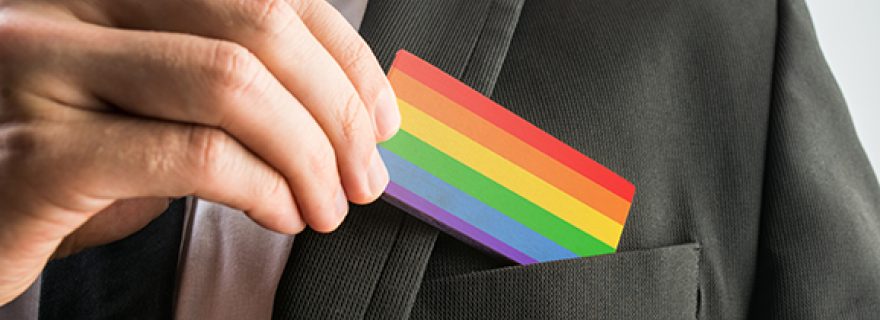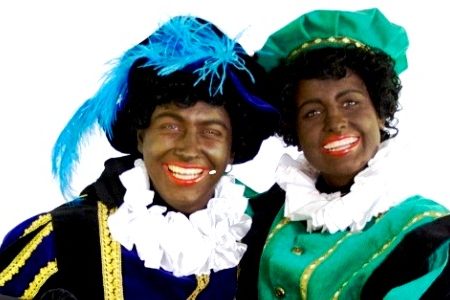Someone like me can be successful, too!
How can role models best be utilised in order to help lesbian, gay, bisexual and transgender (LGBT) people achieve equality in the workplace?
LGBT employees who want to advance in their careers are often faced with a number of difficulties, including prejudice, unequal pay, lack of anti-discrimination policies, and workplace harassment. Increasing visibility of LGBT leaders who are openly “out” at work can be a first start in providing newcomers with encouraging role models. Understanding the ways in which role models can inspire and impact others is a crucial step in advancing an inclusive workplace.
How can role models help LGBTs?
Individuals learn from watching others. Witnessing the success of others empowers people to believe they can similarly succeed, encouraging them to make greater efforts and be more persistent in the face of difficulties. Such empowerment may be particularly valuable for minority employees such as LGBTs. Having historically faced discrimination and stigma, members of minority groups often believe in themselves less, earn less, and face poorer job prospects. Having a role model can have powerful consequences: it has been associated with a greater sense of self-esteem, better performance at school, improved leadership competence for women and fewer risky behaviours among adolescents.
For role models to be effective, they need to be perceived as similar to oneself. Women are more inspired by outstanding female role models, ethnic minorities by same-race role models, and LGBT students by role models of the same sexual orientation. Such role models may offer guidance specific to the challenges of being a minority in the workplace, and thus could inspire and advance LGBT employees in ways that heterosexual and/or cis-gender role models may not be able to.
What are specific challenges for LGBTs?
But role models can be especially elusive for LGBT employees. Not only are LGBTs severely underrepresented in public or high power positions, but they often hide their LGBT identity due to various challenges such as negative coworker reactions and discrimination. Due to this scarcity, LGBTs are more likely to find role models among media and public figures. For example, Ellen DeGeneres’s publicised coming out on television made young LGBTs feel that it was okay to be gay, and inspired pride in their identity.
But the positive influence of distant figures is limited: Role modeling seems to be most effective within personal relationships, in which concern and care can be expressed. Inaccessible role models might even increase psychological distress by serving as a constant reminder of the absence of accessible others who support and accept you for who you are. Thus, LGBT celebrities cannot replace actual, real-life mentors and support figures.
How can we put these insights into practice?
Read the rest of this blog at Workplace Pride, the international platform for LGBTI inclusion at work, Liekefett, L., & Van der Toorn, J. (2018). “Someone like me can be successful, too!” Why we need more LGBT role models in the workplace. New Horizons Magazine, November 2 2018, p.15.





